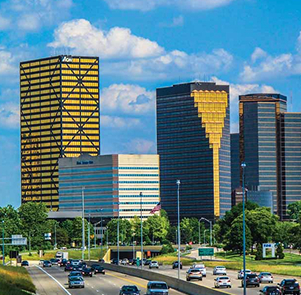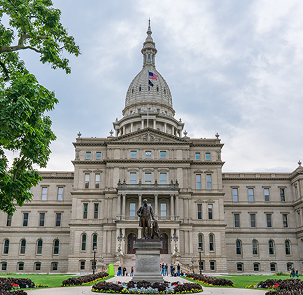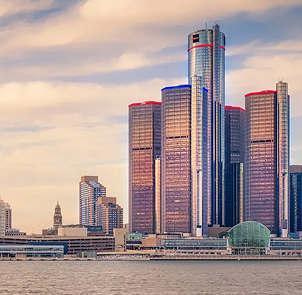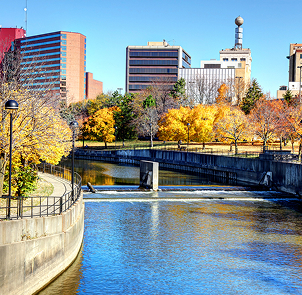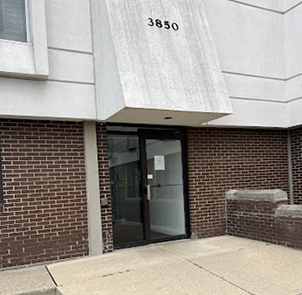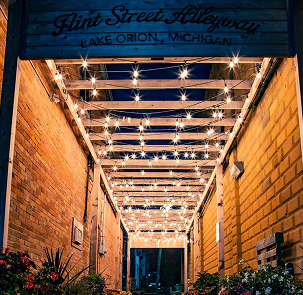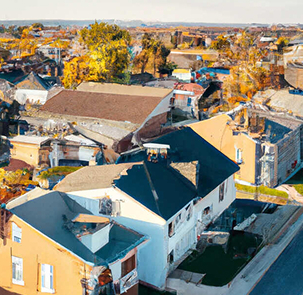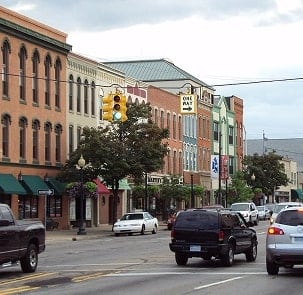Where Do Broadside Collisions Most Commonly Occur?
Broadside vehicle collisions, which are also referred to as T-bone or side-impact collisions, represent some of the most common vehicle accident types. Unfortunately, broadside crashes can result in severe injuries, and they can also prove deadly. Based on the most recent reported figures available, side impacts accounted for 23% of the passenger car fatalities in 2020. The majority of broadside collisions occur at intersections with stop signs and traffic lights.
What Circumstances Make a Broadside Collision More Likely To Occur?
To help avoid getting hit broadside by another vehicle, cautious drivers approach all intersections carefully. Although most T-bone collisions occur when vehicles enter an intersection, a side impact could also take place while exiting a parking lot or private driveway. Some studies suggest that replacing intersections with roundabouts could reduce the chances of broadside collisions. Overall, however, certain mechanical and environmental circumstances tend to increase the risk of a side-impact accident.
Some of the circumstances that can increase the risk of a broadside collision include:
- Sun glare
- Traffic light malfunctions
- Slippery road surfaces or hydroplaning
- Brake failure
- Obstructed or diminished visibility
What Are Some of the Driver-Related Causes of Broadside Collisions?
Defensive driving can play a major role in reducing the chances of your vehicle getting hit in a broadside collision. An important part of avoiding a side-impact accident is expecting other drivers to make mistakes. Taking that point further, it also pays to expect some other drivers to not follow some of the basic rules of the road.
Some of the driver-related cases of side-impact collisions include:
- Driver inattentiveness, fatigue or drowsiness
- Running a red light
- Driving while distracted by a mobile device or conversation
- Driving under the influence of alcohol or drugs
- Failing to yield the right of way
When determining liability for the physical harm and property damage caused by a broadside crash, the at-fault driver is often shown to have disregarded traffic laws or acted recklessly.
What Types of Injuries Could Result From a Broadside Collision?
Research shows that broadside vehicle collisions can cause greater damage to the human body than many other roadway accidents. Slower vehicle speeds may not reduce the harm caused. A side impact from a vehicle moving at a speed of about 20 mph could cause severe injuries to the occupants of the struck car. Two out of three side-impact collisions cause injuries that result in chronic pain, and in some cases, paralysis.
Some of the injuries that could result from a side-impact collision include:
- Whiplash
- Fractures and Joint dislocation
- Internal organ damage
- Spinal cord or nerve damage
- Traumatic brain injuries
Permanent physical damage and long-term medical conditions could develop when spinal cord or traumatic brain injuries occur. In some cases, an accident victim may require specialized or in-home care to deal with a life-altering medical condition. Under these circumstances, harmed individuals may seek relief through a personal injury lawsuit.
How Is Liability Determined When Pursuing a Broadside Collision Personal Injury Suit?
In a no-fault insurance state such as Michigan, an injured driver’s own mandatory personal injury protection policy pays for his or her required medical treatment regardless of who caused the accident. The PIP coverage is, however, limited to the amount of coverage a driver purchased.
PIP insurance does not provide compensation for non-economic harm, such as the pain and suffering that could result from a broadside vehicle accident. If a severely injured individual intends to obtain compensation for a life-altering event and its accompanying pain and emotional turmoil, he or she may pursue a civil lawsuit.
In order for a personal injury lawsuit to proceed, crash victims need to show that the non-economic damage caused by their injuries meets the required level of severity. The suit must also show that the other driver’s negligence caused the crash and the resulting harm.
An experienced vehicle accident attorney provides an evaluation of the injured party’s case prior to developing a coordinated strategy to obtain the maximum amount of compensation. The process typically involves a thorough investigation of the accident and where it occurred, obtaining witness depositions and reviewing law enforcement and medical documentation.
How May Comparative Negligence Rules Affect the Outcome of a Personal Injury Lawsuit?
Michigan follows the modified comparative negligence system and the “51% Bar Rule.” This means that drivers harmed in a collision cannot successfully pursue a personal injury lawsuit if they share 51% or more of the fault. If the degree of fault falls below the 51% threshold, the amount of compensation they may receive will reflect the remaining percentage of fault assigned to the other driver.
Although it’s easy to assume that a car hit broadside by the front end of another vehicle does not share the majority of the fault for the collision, the evidence could prove otherwise. The type of intersection where the collision occurred, visibility factors and right-of-way issues could determine whether a personal injury lawsuit will prove effective in obtaining the hoped-for compensation. A consultation with an experienced vehicle accident attorney provides insight regarding the prospects of winning a civil suit.
What Should a Driver Do After a Broadside Collision?
The very first thing that a driver should do after any type of roadway collision is to get to a safe place away from any oncoming traffic and check for injuries. If any occupants or involved individuals require immediate medical attention, call for an ambulance so that they can get to a hospital as soon as possible.
If you and the other driver do not require any immediate medical attention, exchange insurance information and get a police report. If you have a working mobile device, take as many pictures as you can of the location of the accident and the damage to both vehicles.
If you believe that the damage to your car and any physical harm that you or your vehicle’s occupants suffered will fall under the coverage limits of your PIP auto insurance, you may feel comfortable dealing directly with your no-fault insurance carrier. You or your vehicle’s occupants should, however, get checked by a doctor for any latent injuries that may not show immediate symptoms.
If you are unsure of how things may turn out after the collision, consider scheduling a consultation with an experienced car accident attorney. Before you decide how to proceed, take advantage of an opportunity to review your options for obtaining the full amount of damage compensation you’re entitled to.
How Can an Experienced Car Accident Attorney Help?
Unless the physical harm and vehicle damage are minimal, you may end up selling yourself short by not consulting with a car accident attorney. If you or any of your vehicle’s occupants suffered harm as a result of a reckless driver broadsiding your vehicle, you may have an option to obtain compensation for the pain and suffering endured. When a car is T-boned by another vehicle, the resulting harm could easily exceed what a no-fault auto insurance company intends to offer.
The Mike Morse Law Firm charges no fees until we settle your car accident case. It does not cost you anything to have an experienced car accident attorney explain what your options are to obtain fair and adequate compensation. With thousands of cases won, our track record speaks for itself. You can contact us 24/7 to set up a free case evaluation.
